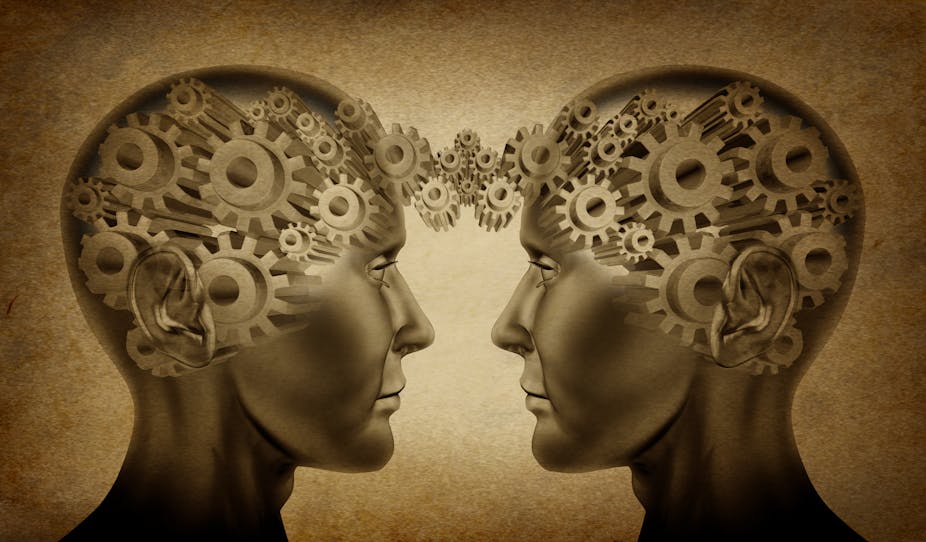Dementia and cognitive decline have a huge impact on the overall health and activity of the ageing population and come with a substantial social and economic cost for society. But for those who have dementia and their families the path is a very personal one of eventual decline.
There are more than 100 types of dementia that can be caused by different diseases and conditions. Alzheimer’s disease is the most common form, but whatever the type of dementia, it is will increasingly cause damage to the brain.
We know some things about dementia – that it progressively damages the structure and chemistry of the brain. A major problem with dementia is that it is often diagnosed very late, when the changes in the brain are already severe and irreversible. And it is one of the biggest challenges facing life scientists.
Looking at the life course
We’ve found in research, that accumulation of beta-amyloid (protein) in the brain and in artery walls is a major feature associated with cognitive decline. Amyloid is a normal product of metabolism and we’re increasingly recognising that genetic background as well as getting older makes it’s harder for our bodies to eliminate beta-amyloid from the brain. Instead it forms small pieces and plaques that can cause damage. Accumulation in the walls of vessels causes them to rupture and bleed and, as well as affecting the neighbouring brain cells, causes dementia.
To find out more about how ageing affects the early deterioration of health caused by the accumulation of beta amyloid, we brought together radically different experts to analyse the life course of the illness and find new ideas for improving treatment. This approach has led to bridges between people from the world of maths and computer science who could use sophisticated modelling to chart the progression of the disease, experts in MRI and electron microscopy to map the live brains of people with dementia, as well as post-mortem tissue, as well as biochemists and even musicians.
So what might all of this be able to tell us?
Different specialities have allowed us to work directly on identifying early markers of dementia, long before the symptoms appear and to describe the very early mechanistic changes that happen in the brain. For example, one of our PhD students found different patterns of blood vessels branching in the brain using images of post-mortem brains from UK Brain Banks and from brain scans of living patients. These could be markers for those who are at risk of dementia.
We’re also looking at what factors are responsible for the failure to eliminate toxic waste from the brain. For example, mathematical modelling has shown that weaker pulses in arteries slow down the elimination of waste products from the brain. As we all age, the factors that affect the health of our blood vessels, like high blood pressure and high cholesterol, also affect the strength of the pulsations.
Using this information, biomedical researchers can then assess if these factors can be acted upon. So if we prevent and treat conditions like hypertension, high cholesterol, diabetes, we could also be preventing dementia.
At the Institute for Life Sciences at Southampton, we’re also investigating and identifying the proteins most commonly associated with Alzheimer’s disease – this includes amyloid but also another called tau protein.
Other research is looking at detecting patterns in the angles of blood vessels branching in the brain and noting other physical differences in the brains of people with Alzheimer’s, which can bring invaluable new perspectives. These are just two examples out of many, there are other structures of the human brain (such as nerve cells, communication between cells, communication between the brain and the immune system) that are being modelled and studied with different tools.
Dementia, Alzheimer’s, cognitive decline – there’s still much we don’t know. But in the meantime the problem is growing. It’s clear there are many factors that contribute and collaboration between lots of different experts in completely different fields may hold the key to real breakthroughs.

